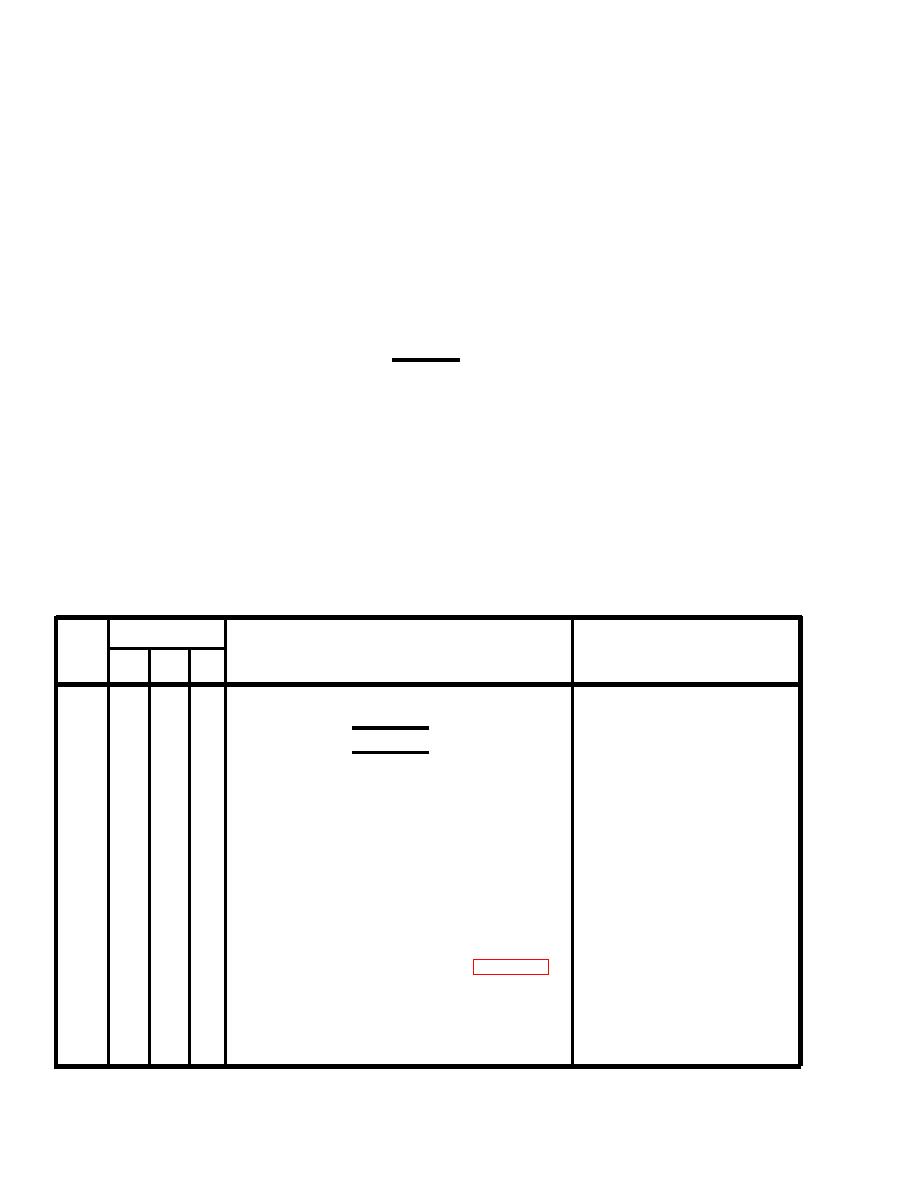
TM 9-2330-213-14&P
2 - 8 . LEAKAGE DEFINITIONS (Con't).
Leakage Deilnitions for Crew/Operator PMCS
Class I
Seepage of fluid (as indicated by wetness or discoloration) not
great enough to form drops.
Leakage of fluid great enough to form drops, but not great
Class II
enough to cause drops to drip from item being inspected.
Leakage of fluid great enough to form drops that fall from item
Class Ill
being inspected.
CAUTION
When operating with Class I or II leaks, continue to check fluid levels in addition to
that required in PMCS, Parts without fluid will stop working or may be damaged.
b. Equipment operation is allowed with minor (Class I or II) Leakage. Fluid leveis in an item/system
affected with such leakage must be checked more frequently than required in PMCS. When in doubt, notify your
supervisor.
c. Report Class Ill leaks IMMEDIATELY to your supervisor.
B - Before
A - After
D - During
INTERVAL
ITEM TO BE INSPECTED
ITEM
Equipment Is Not
PROCEDURE: Check for l nd have repaired,
A
B
D
NO.
Ready/Available If:
filled or adjusted as needed.
1
WHEELS AND TIRES
WARNING
DO NOT attempt to seat a Iockring when tire is
inflated, Improperly seated Iockring could fly
off. Serious injury or death will result.
Lockring not properly seated.
a. Check for proper mounting of wheel assembly
Iockring.
b. Remove any glass, nails, or other debris im-
bedded in tread.
Unserviceable.
c. Check tires for obvious damage such as cuts,
bruises, bulges, and flats.
Tire will not hold air pressure,
d. Check for proper tire pressure (para 1-10).
FRAME AND SUSPENSION
2
Cracks or broken welds pres-
Check for cracks and broken welds.
ent.

